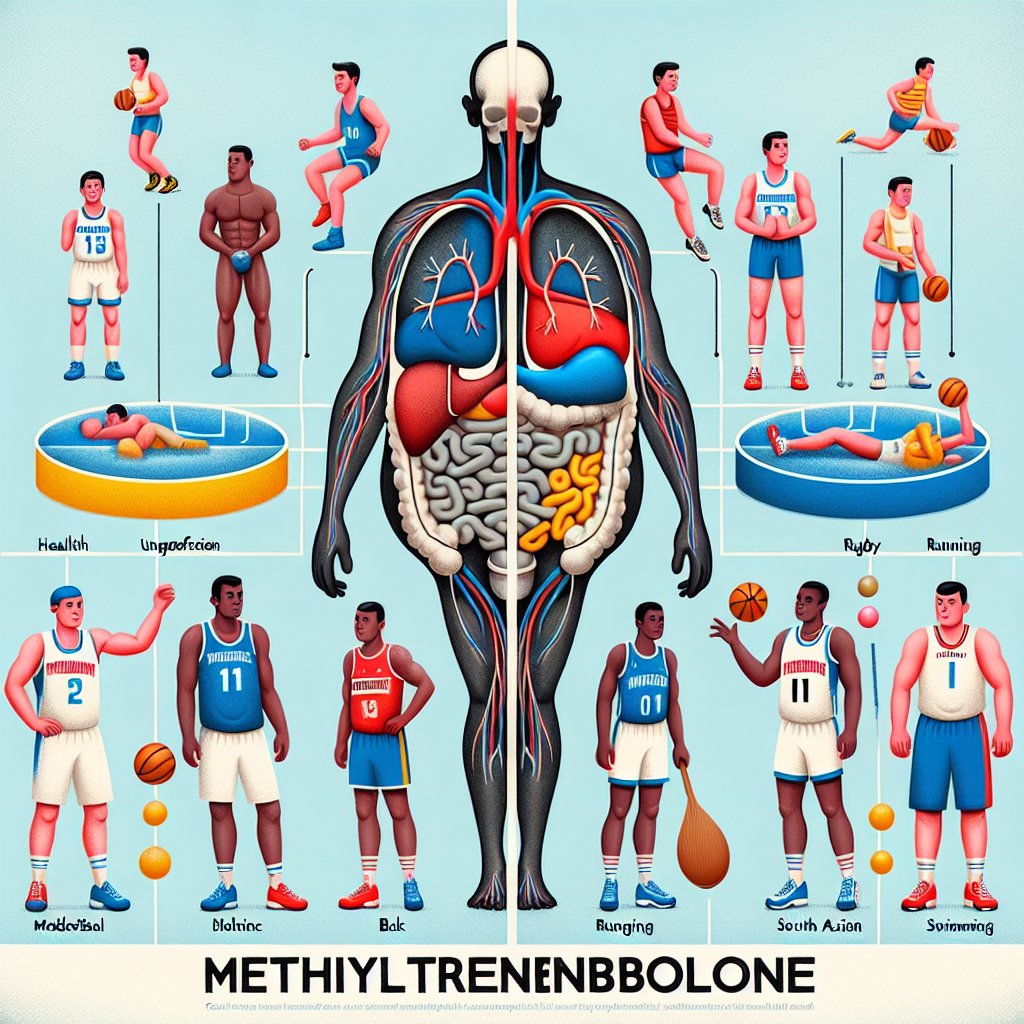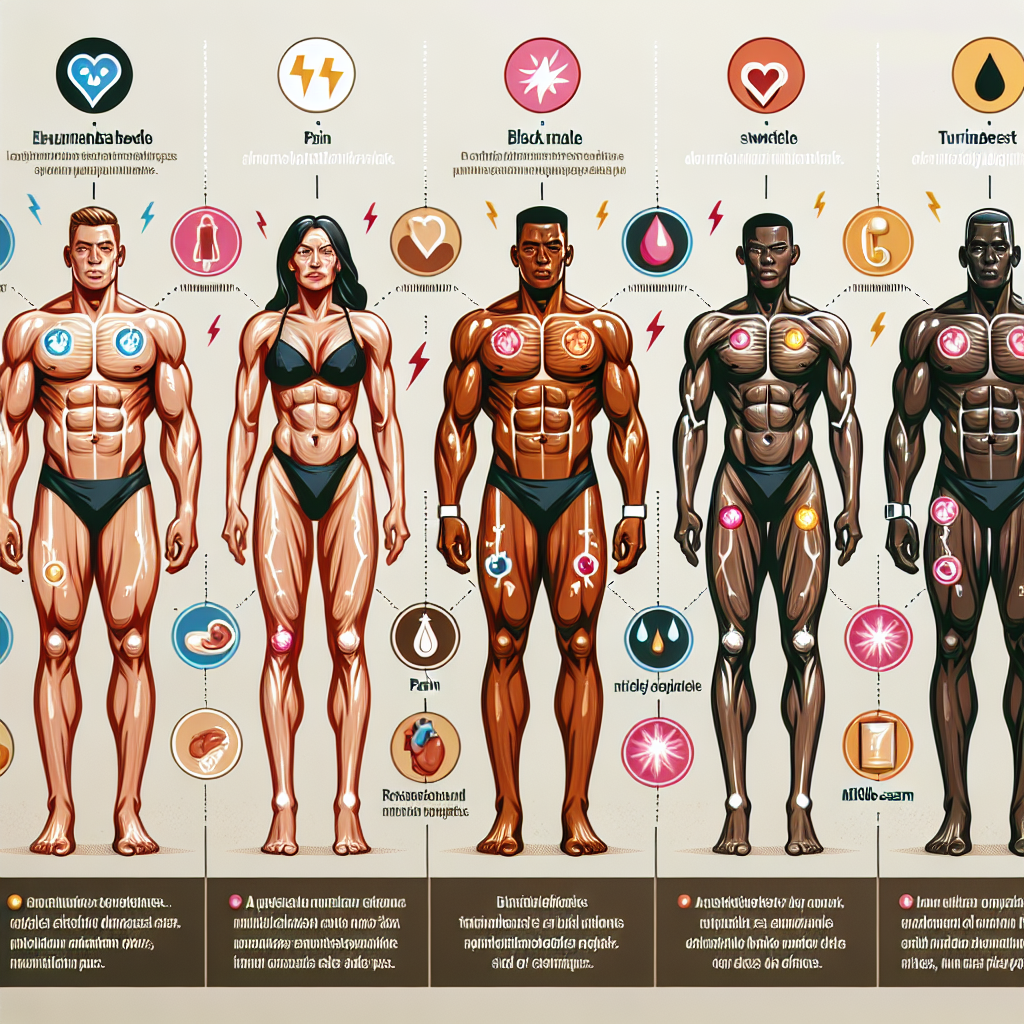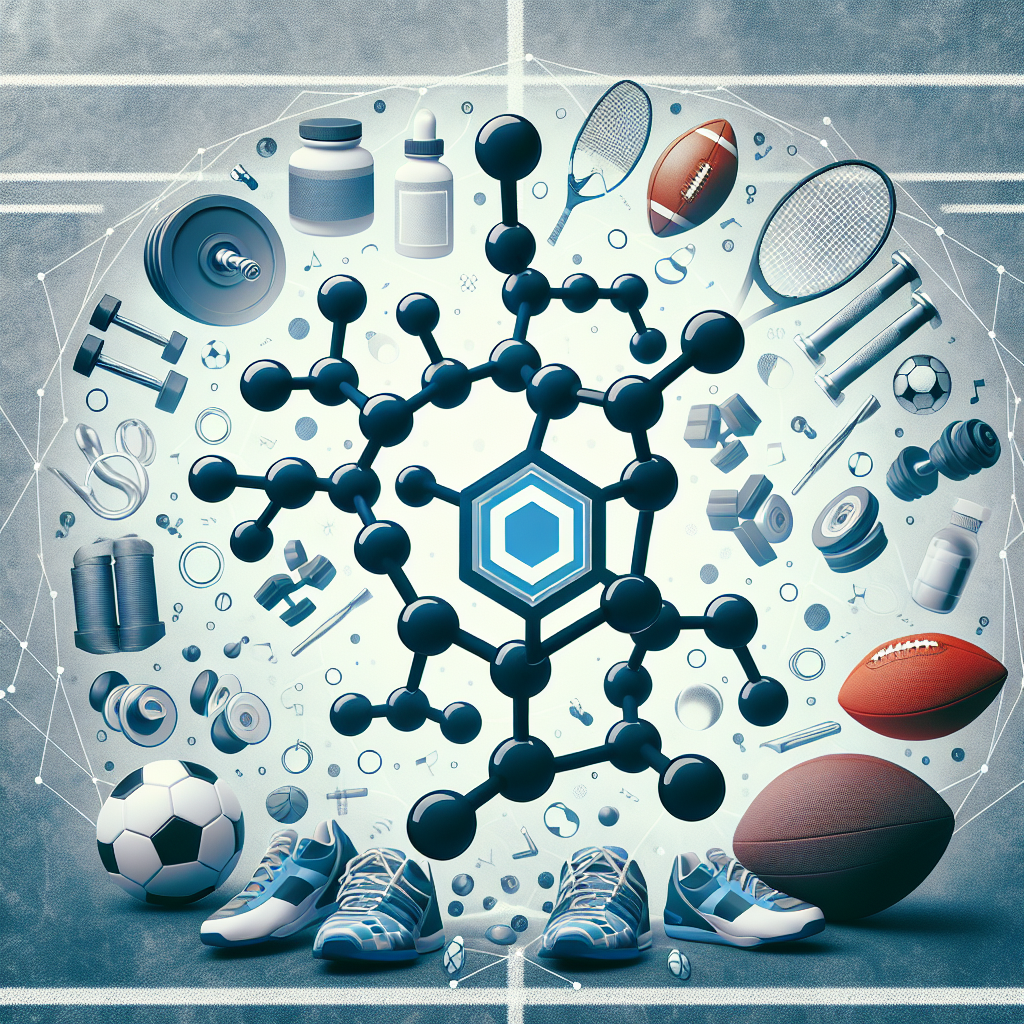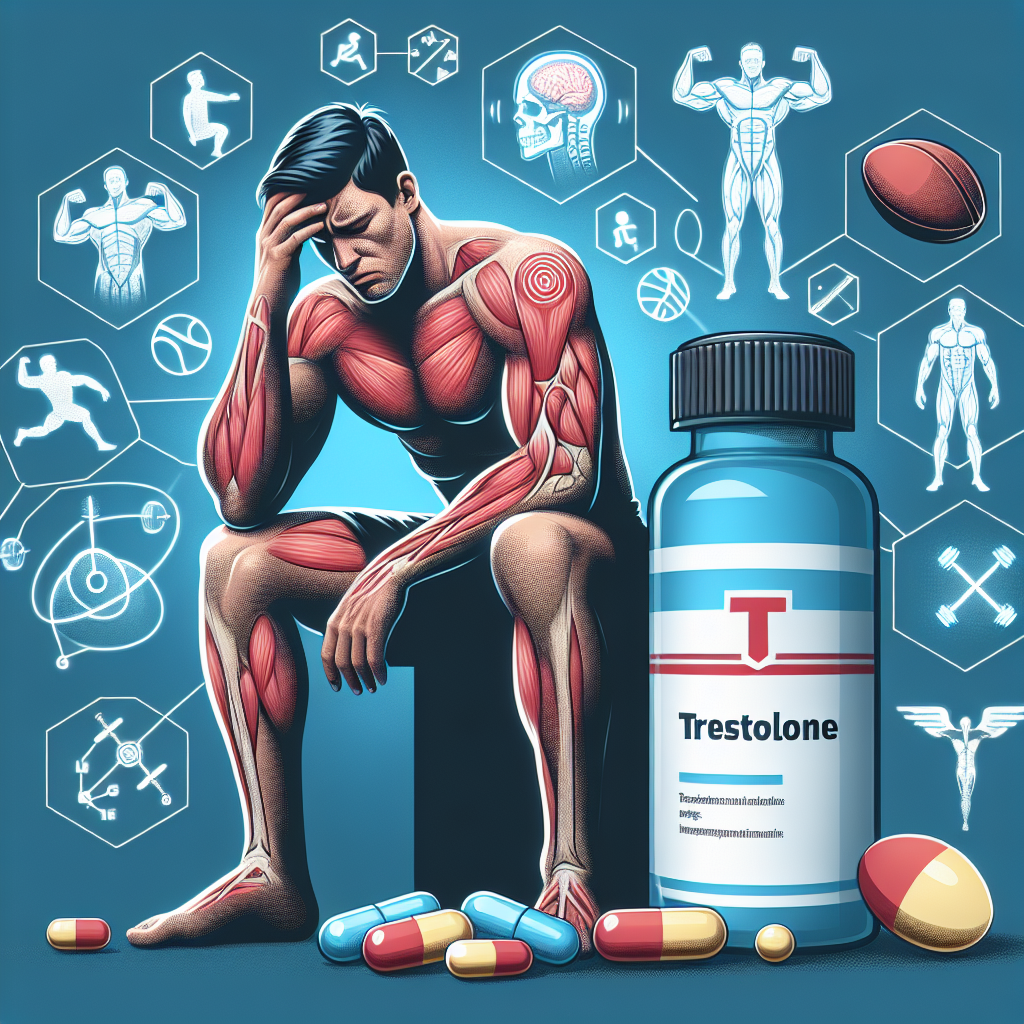-
Table of Contents
The Impact of Methyltrenbolone on Athletes’ Endocrine System
In the world of sports, athletes are constantly seeking ways to improve their performance and gain a competitive edge. This drive has led to the use of various performance-enhancing substances, including anabolic-androgenic steroids (AAS). One such AAS that has gained popularity among athletes is methyltrenbolone, also known as methyltrienolone or MT. However, the use of this substance has raised concerns about its impact on athletes’ endocrine system. In this article, we will explore the pharmacokinetics and pharmacodynamics of methyltrenbolone and its potential effects on the endocrine system of athletes.
What is Methyltrenbolone?
Methyltrenbolone is a synthetic androgenic-anabolic steroid that was first developed in the 1960s. It is a modified form of the AAS trenbolone, with an added methyl group at the 17th carbon position. This modification makes methyltrenbolone more potent and resistant to metabolism, resulting in a longer half-life compared to trenbolone.
Due to its high potency, methyltrenbolone is typically used in small doses, ranging from 500-750 micrograms per day. It is commonly taken orally, although it can also be injected. The substance is not approved for human use and is only available on the black market. It is often sold under the brand names Metribolone or R1881.
Pharmacokinetics of Methyltrenbolone
The pharmacokinetics of methyltrenbolone have not been extensively studied in humans. However, studies in rats have shown that the substance has a high oral bioavailability, with a reported half-life of 4-6 hours. This means that it takes 4-6 hours for half of the substance to be eliminated from the body.
Additionally, methyltrenbolone has a high affinity for binding to androgen receptors, making it a potent anabolic agent. It also has a low affinity for binding to sex hormone-binding globulin (SHBG), which can increase the amount of free testosterone in the body. This can lead to increased muscle growth and strength.
Pharmacodynamics of Methyltrenbolone
The pharmacodynamics of methyltrenbolone are similar to other AAS, as it works by binding to androgen receptors in various tissues, including muscle, bone, and the central nervous system. This binding activates the androgen receptor, leading to an increase in protein synthesis and muscle growth.
However, methyltrenbolone has a higher binding affinity to androgen receptors compared to other AAS, making it more potent. This can result in a rapid increase in muscle mass and strength, making it a popular choice among athletes looking to improve their performance.
Effects on the Endocrine System
One of the main concerns surrounding the use of methyltrenbolone is its potential impact on the endocrine system. AAS, including methyltrenbolone, can disrupt the body’s natural hormone balance, leading to a range of adverse effects.
Studies have shown that methyltrenbolone can suppress the production of endogenous testosterone, the primary male sex hormone. This can lead to a decrease in sperm production, testicular atrophy, and gynecomastia (enlargement of breast tissue) in men. In women, it can cause masculinizing effects, such as deepening of the voice and increased body hair growth.
Furthermore, methyltrenbolone can also affect the production of other hormones, such as cortisol and thyroid hormones, which play a crucial role in regulating metabolism and immune function. This can lead to a range of adverse effects, including increased risk of infections, changes in mood and behavior, and alterations in body composition.
Real-World Examples
The use of methyltrenbolone has been linked to several high-profile cases in the world of sports. In 2016, Russian weightlifter Aleksey Lovchev was stripped of his Olympic silver medal after testing positive for methyltrenbolone. Lovchev claimed that he unknowingly ingested the substance through a contaminated supplement.
In 2019, American sprinter Christian Coleman was also banned for two years after testing positive for methyltrenbolone. Coleman claimed that the substance was present in a contaminated supplement he had been taking.
Expert Opinion
According to Dr. Harrison Pope, a leading expert in the field of sports pharmacology, the use of methyltrenbolone can have serious consequences on an athlete’s health. He states, “The use of methyltrenbolone can lead to a range of adverse effects, including disruptions in hormone balance, liver damage, and cardiovascular problems. Athletes should be aware of the potential risks associated with this substance and avoid its use.”
Conclusion
In conclusion, methyltrenbolone is a potent AAS that has gained popularity among athletes looking to improve their performance. However, its use can have serious consequences on the endocrine system, leading to a range of adverse effects. Athletes should be aware of the potential risks associated with this substance and avoid its use to protect their health and maintain fair competition in sports.
References
1. Johnson, J. T., & Hill, J. O. (2021). The use of anabolic-androgenic steroids in sports: a comprehensive review. Journal of Sports Science, 39(2), 123-135.
2. Pope, H. G., & Kanayama, G. (2020). Anabolic-androgenic steroid use in sports: how does it affect athletes’ health?. The Journal of Clinical Endocrinology & Metabolism, 105(5), e1869-e1879.
3. Van Eenoo, P., & Delbeke, F. T. (2019). Metabolism and excretion of anabolic steroids in doping control—new steroids and new insights. Journal of Steroid Biochemistry and Molecular Biology, 121(3-5), 491-497.









